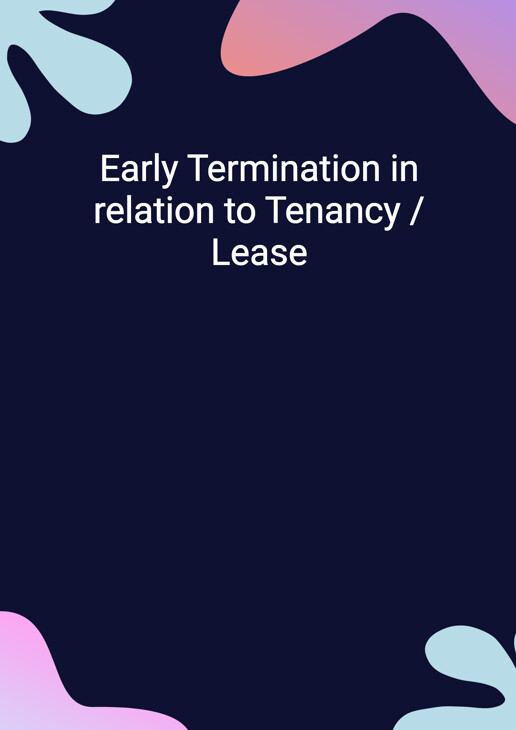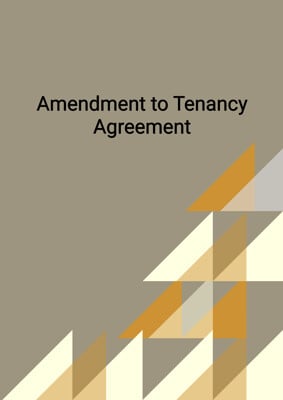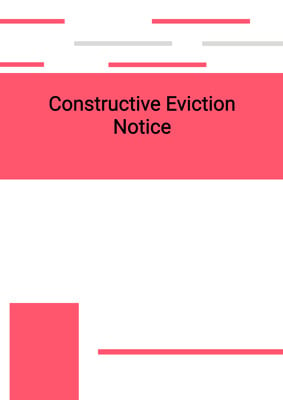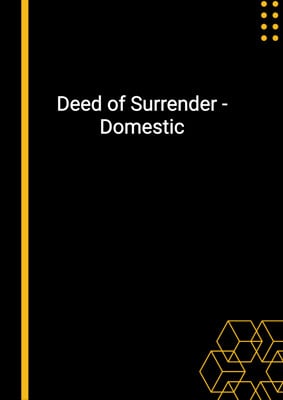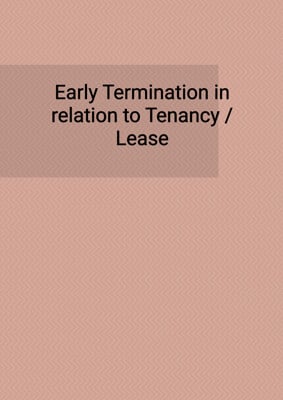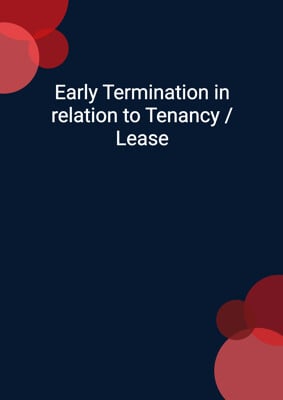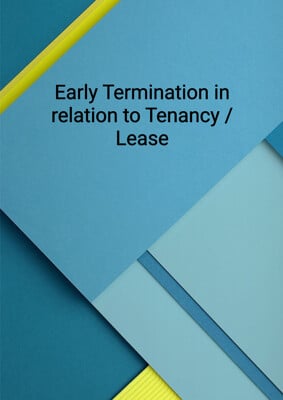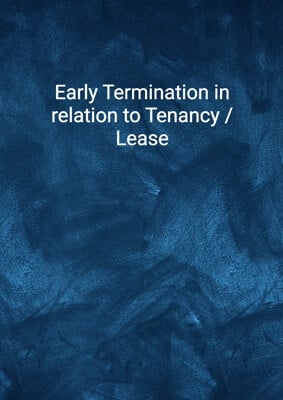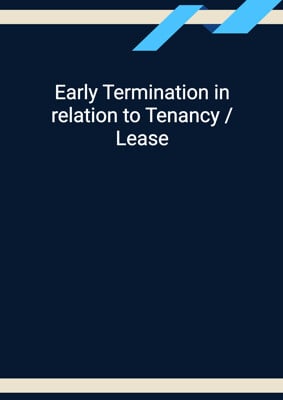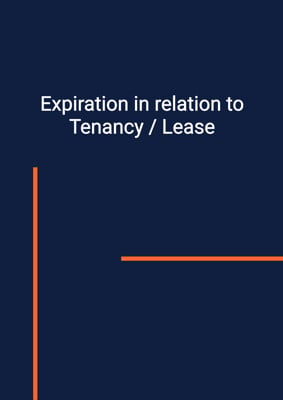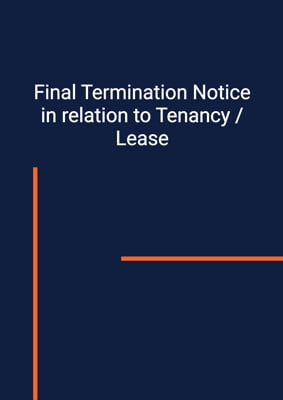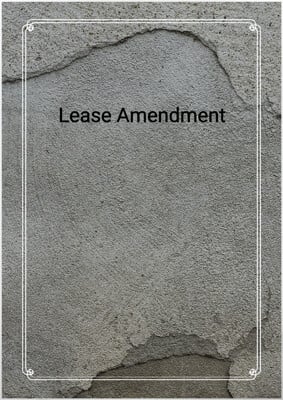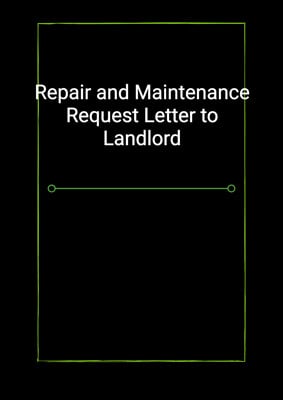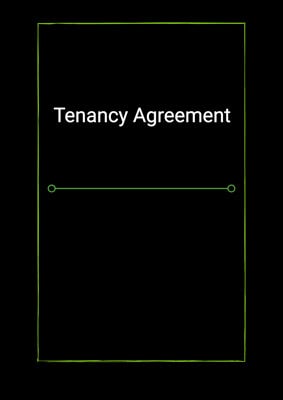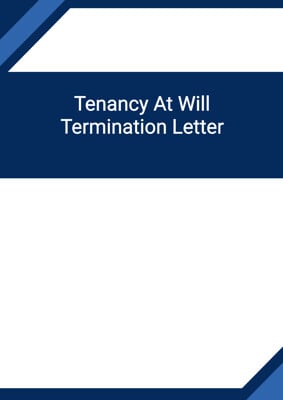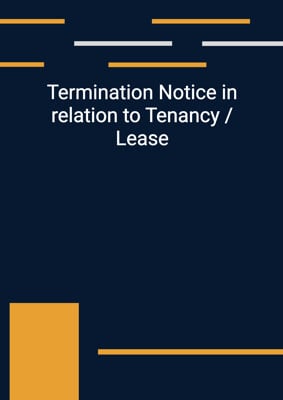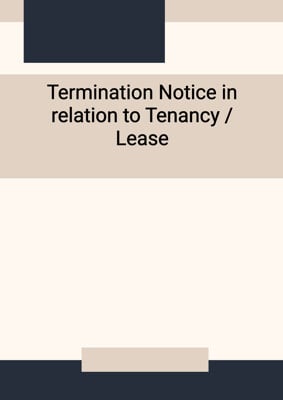How to Tailor the Document for Your Need?
01
Create Document
Click "Create Document" button and the document will be prepared with your account details automatically filled in.
02
Fill Information
Please fill in any additional information by following the step-by-step guide on the left hand side of the preview document and click the "Next" button.
03
Get Document
When you are done, click the "Get Document" button and you can download the document in Word or PDF format.
04
Review Document
Please review the document carefully and make any final modifications to ensure that the details are correct before sending to the addressee.
Document Preview
Document Description
The document titled 'Early Termination in relation to Tenancy / Lease' is of significant importance in the context of terminating a tenancy agreement. It serves as a formal notification to the tenant regarding their breach of clause clause in the agreement and informs them about the termination of the tenancy. The document begins with the account holder's first name, last name, and address, followed by the details of party 1, including their name, address, and contact information. The current date is also mentioned.
The letter is addressed to party 1 contact and starts by referencing the tenancy agreement between party 1 name as the tenant and the sender as the landlord. It clarifies that any terms not defined in the document will have the same meaning as in the agreement. The landlord notifies the tenant about their material breach of the agreement and informs them about the termination of the tenancy, specifying the required vacate date.
The document further outlines the financial obligations of the tenant. It states that the tenant is responsible for paying any outstanding rent, as well as water, electricity, and other utilities until the termination date. Additionally, if the premises are not in the same condition as when it was first leased, the tenant will be charged an amount to restore it to its original state. These charges will be deducted from the security deposit, and if the deposit is insufficient, the tenant must pay the remaining amount before the termination date.
Depending on whether the sender wants to reserve their rights against the tenant or not, the document includes different instructions. If the sender chooses to reserve their rights, the tenant is required to provide vacant possession of the premises and hand over the keys on the termination date. Failure to do so may result in the sender instructing a bailiff to enforce their rights and pursue legal action against the tenant. However, if the successful transfer and full payment of the outstanding amounts are completed, neither the landlord nor the tenant will have any further claims against each other.
The document concludes with the account holder's first name and last name, and it includes a section for acknowledgment by party 1 name.
How to use this document?
1. Notify the tenant: Begin by addressing the tenant by their designated contact person and clearly state that they have breached a specific clause in the tenancy agreement.
2. Specify termination date: Inform the tenant about the termination of the tenancy and provide them with a specific date by which they must vacate the premises.
3. Communicate financial obligations: Clearly outline the tenant's responsibility to pay any outstanding rent, utilities, and charges for restoring the premises to its original condition.
4. Deduct from security deposit: Explain that the charges for outstanding amounts will be deducted from the tenant's security deposit and specify that any remaining balance must be paid before the termination date.
5. Reserve rights (optional): If the sender wants to reserve their rights against the tenant, instruct the tenant to provide vacant possession of the premises and hand over the keys on the termination date. Mention the possibility of legal action if the tenant fails to comply.
6. Mutual release (optional): Alternatively, if the successful transfer and full payment are completed, state that neither party will have any further claims against each other.
7. Sign and acknowledge: Include a section for the sender's name to sign and leave space for party 1 to acknowledge the receipt of the document.
Not the right document?
Don’t worry, we have thousands of documents for you to choose from:
